#Northern and Southern Dynasties(386–589 AD )
Text
[Hanfu・漢服]Chinese Northern and Southern Dynasties(386–589 AD)Traditional Hanfu
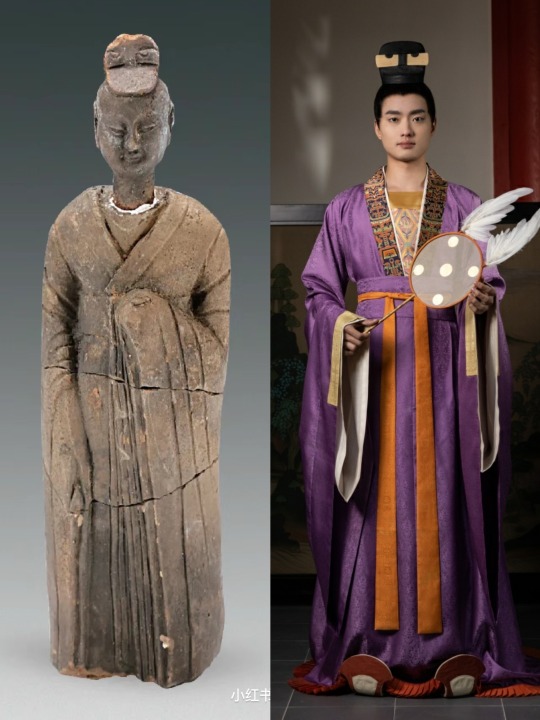
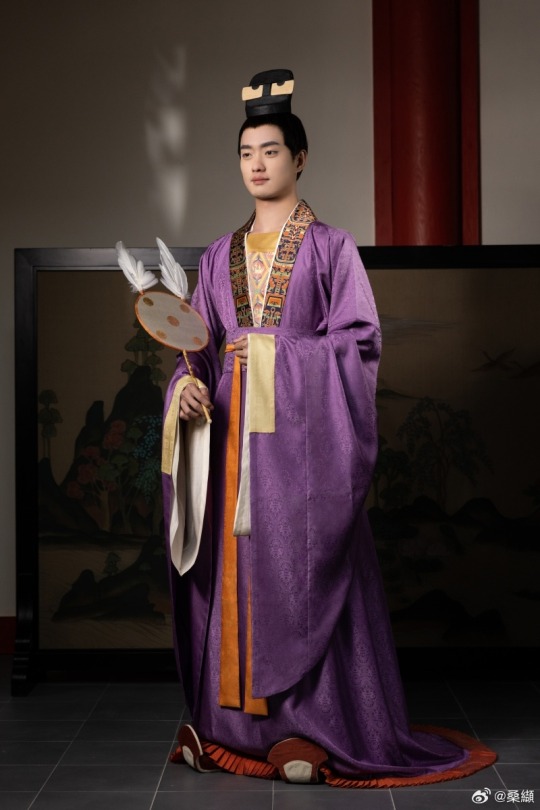

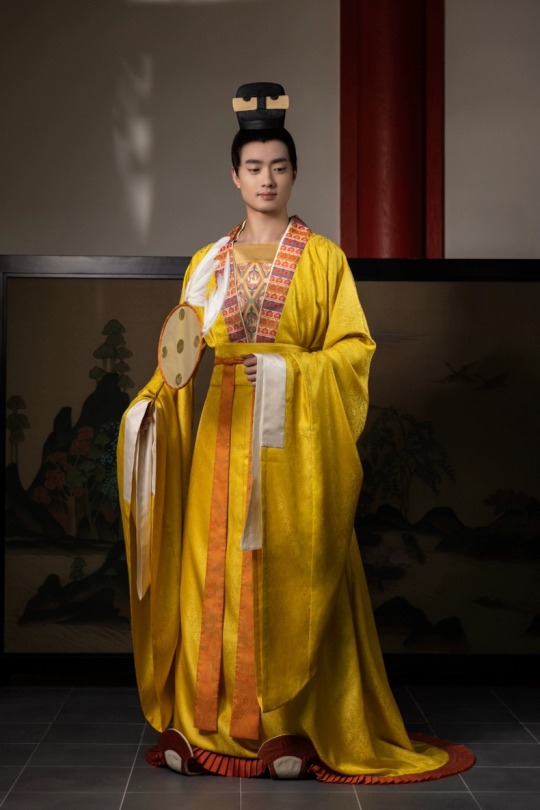
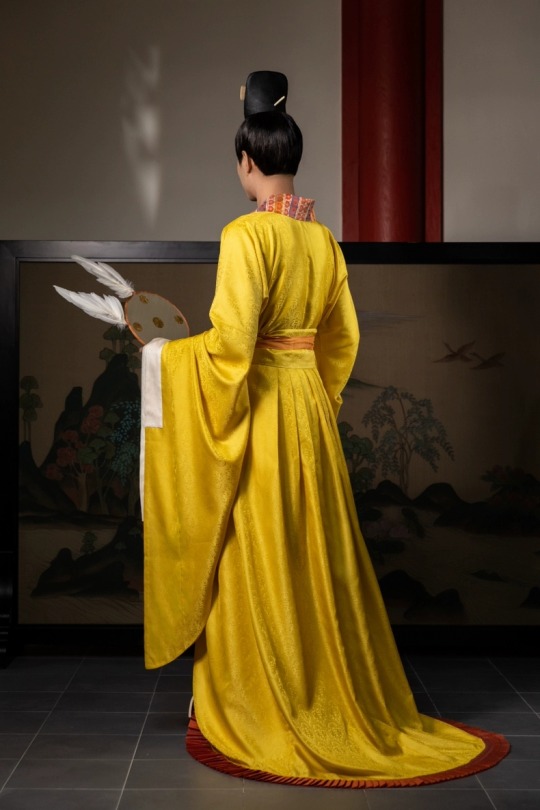
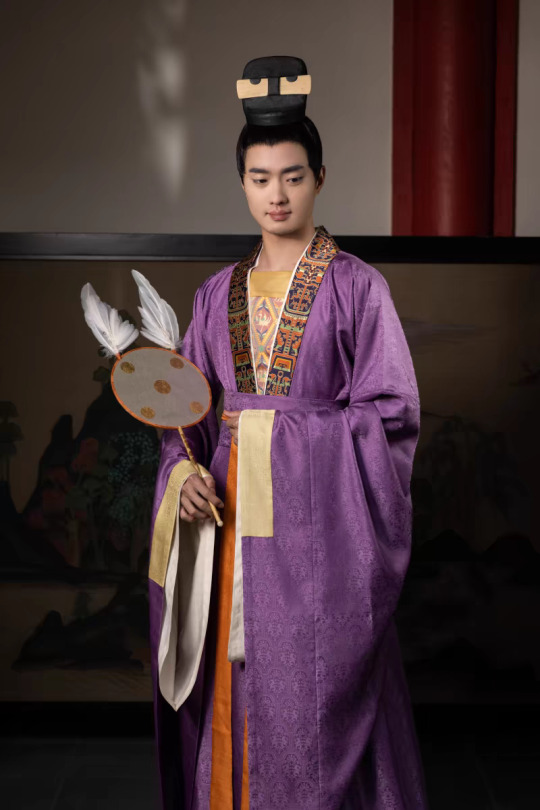


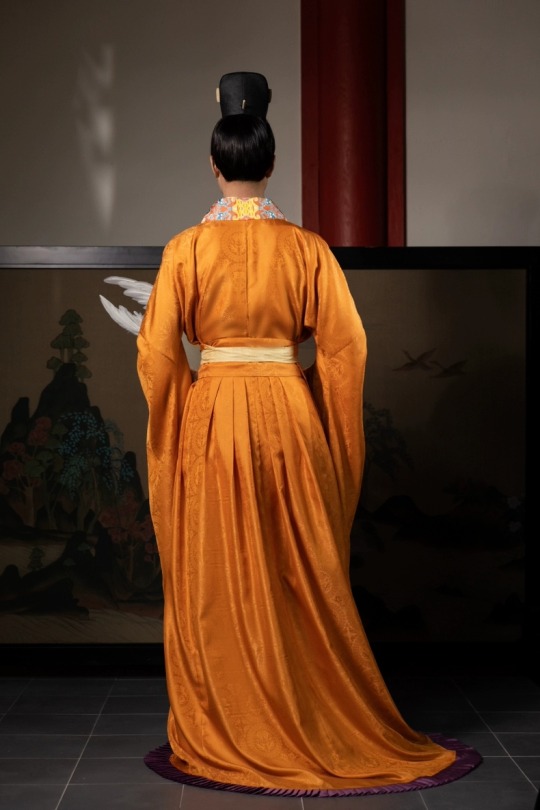
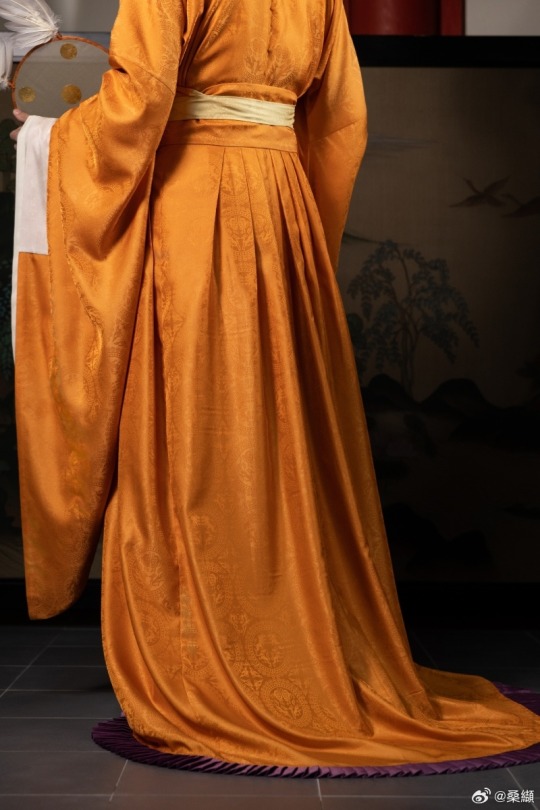
【Historical Artifacts Reference 】:
▶China Northern and Southern Dynastie(220-589) Male Pottery Figurine,Unearthed from the tomb of Xue Huaiji(薛怀吉) the Northern Wei Dynasty at Xisiya, Wanrong, Shanxi,China.
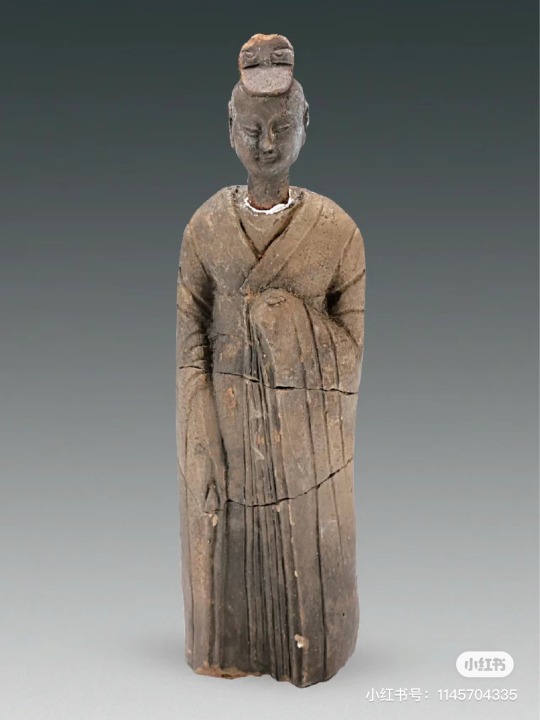
▶2.China Dunhuang Murals of the Western Wei Dynasty,<The King and Nobles>
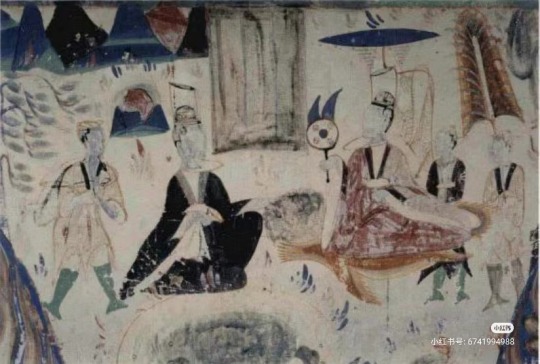
▶3.China Dunhuang Murals Cave 257 of the Northern Wei Dynasty,<Noble Elder>

▶4.China Dunhuang Murals of the Western Wei Dynasty,<The king interrogates the robbers>
The robber was defeated and captured, and was stripped of his clothes (a few pieces of clothing were thrown on the ground); the king sat in the hall, and the ministers stood under the hall, interrogating.The robber kneeling in front of him; the robber was sentenced to have his eyes gouged out.
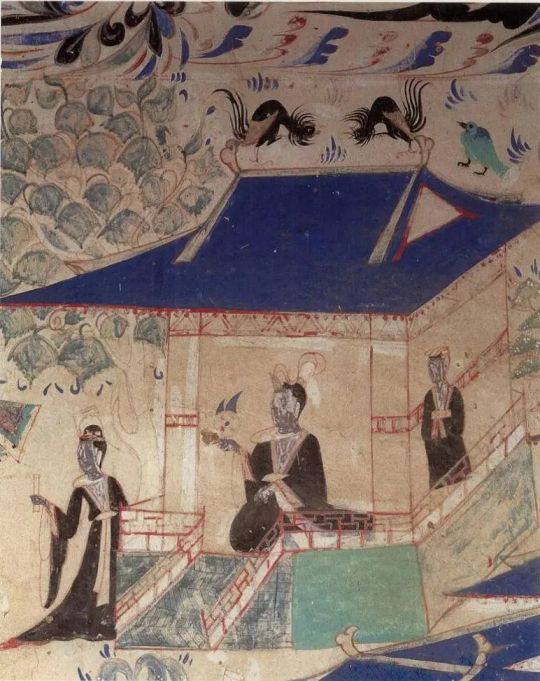

--------
Recreation Work by : @裝束复原 & @桑纈
Weibo 🔗:https://weibo.com/3572594885/O0gDqbiLv
--------
#chinese hanfu#Northern and Southern Dynasties(386–589 AD )#hanfu#hanfu accessories#hanfu_challenge#chinese traditional clothing#china#chinese#hanfu man#hanfu art#hanfu history#china history#chinese historical fashio#漢服#汉服#中華風
200 notes
·
View notes
Text
Self-reflection
Here are 3 translated articles for this quarter:
Article 1
Source:
https://www.hrxfw.com/fjgs/rsgs/353441.html
A Tale of A Broken Bowl
Once upon a time, there was a mountain. And on that mountain lived an old monk with 2 disciples – a senior monk and a junior one.
One day, after a meal, the junior disciple broke a bowl while washing the dishes. His senior witnessed the incident and went straight to their master’s room to report what he perceived was a misdeed.
“Master, Junior just broke a bowl!”
While keeping his eyes lightly shut and his hands firmly grasping a loop of prayer beads, the old monk replied slowly, “And I believe that YOU will NEVER, EVER break a bowl.”
What you do think after hearing this story?
Let’s reflect upon the moral of the story calmly…
---
Article 2
Source:
https://www.hrxfw.com/fjgs/yggs/352860.html
Good Fortune Isn’t Something Which Can Be Obtained Through Begging; Frequently Sowing Good Seeds Will Bear Good Fruits
A believer in Buddhism invited a monk to recite sutras and conduct prayers in his house in the hopes of averting misfortune and seeking longevity. After reciting the sutras, the monk began the prayers with this opening: “O Bodhisattvas from afar, now this believer is praying for your aid, hoping that you will grant him luxury, splendor, promotions, money and…”
Standing behind the monk was the man who had invited him. Feeling unsatisfied, he tugged at the monk’s cassock and said, “Venerable sir, why did you limit your request to only the Bodhisattvas from afar? Don’t forget the Bodhisattvas nearby!”
So the monk replied, “To be honest with you, I’ve done a background check on your character beforehand. You’ve neither offered kindness to others, nor have you done any good deeds, and you’ve never thought about benefiting the public. Conversely, what I’ve uncovered was your greed, resentment towards others, ignorance, stubbornness, and misconception about the practice. I fear that all Bodhisattvas nearby already have a very clear idea of your character and would likely refuse to provide what you desire, so I had no choice but to address the Bodhisattvas from afar, where word of your misdeeds might be absent. Maybe they would be more inclined to provide favorable treatment.”
This story is indeed humorous and sarcastic. But if we were to think deeper, it is merely describing reality. Why would a person who never conducts good deeds yet still craves protection and benefits from deities and Bodhisattvas be actually favored by them?
All which transpires in this world are parts of a karmic cause-and-effect web. What you reap depends on what you sow. If, for instance, a stone falls into water, and someone prays, “O gods, let this stone rise!” But the stone wouldn’t rise. And if someone sees oil floating on water and prays, “O gods, let this oil sink!” But the oil wouldn’t sink. So we shouldn’t believe that deities and Bodhisattvas would automatically help us in emergencies. What matters most is the karmic seeds that we sow during our usual daily schedules. Even if you don’t pray to gods, these seeds would still grow, flower and bear fruit, in ways which benefit us.
---
Article 3
Source:
https://www.hrxfw.com/fjgs/zlgs/353810.html
Does A Blind Man’s Act Of Lighting A Lantern Really Equate To A Waste Of Wax?
During the time of the Northern and Southern Dynasties (circa AD 386 – 589), there lived a monk named Shirong, who went out begging for alms every day, setting off at dawn and returning at dusk. Every time he returned to his monastery, he would pass by a dark alley. And because the alley was very narrow, people traveling in opposite directions, including Shirong, would frequently bump into one another. Injuries were rather common when people were in a hurry.
One night, when Shirong arrived at the alley, he saw someone in front carrying a lantern about to enter the alley. With light from the lantern, the dark surroundings became much brighter, so Shirong followed this person, intending to make use of the light to ensure a safe passage through the alley. As he walked, he heard another passer-by comment, “This blind man from the neighboring village is a rather strange man. It’s obvious he cannot see, and yet he carries a lantern with him every night.”
This comment made Shirong curious about the lantern-carrier. Hastening his pace, Shirong caught up with the man, put his hands together in a gesture of respect, and asked, “Please pardon me if I appear rude, kind sir, but are your eyes incapable of sight?”
The man replied, “I was born without the ability to see. Blindness has accompanied me ever since.”
Shirong looked at the man’s eyes before asking, “Then I must ask, be it day or night, it should not make a difference to you. Why must you bring a lantern with you every night?”
Smiling, the blind man replied, “When day turns to night, every place becomes pitch dark. It does indeed not make a difference to me. But to everyone else, they lose vision of their surroundings, akin to what has happened to my eyes. So I carry a lantern with me, for I don’t wish for everyone to go through what I’ve gone through.”
Shirong put his hands together, bowed to the man, and said, “Amitabha (a Buddhist expression praising Amitabha Buddha), you have the benevolent heart of a Bodhisattva.”
The blind man shook his head and said, “Not really. I’m doing so to ensure my own safety. Have you ever bumped into anyone while passing through this alley?”
Shirong replied that he had.
The blind man added, “When I’m carrying this lantern, as I light up the path of others, the light also makes me visible to them, then people would not collide with me.”
Shirong reacted to the statement by lamenting, “I seek the Dharma every day, but little did I know that Buddhas are beside me!”
Conclusion:
Most people thought that the blind man lighting a lantern was merely a foolish exercise in wax wastage, akin to adding legs to a painting of a snake. But today, people have only just realized that the blind man is a person of utmost intelligence. The act of lighting up a lantern stems from a need to benefit himself, but ends up also benefiting the public. It offers convenience to others so that he might also enjoy convenience. This method might seem pointless, but it is very effective.
This approach can also apply to our daily lives. We should also perform deeds akin to the blind man’s act of lighting a lantern, so that when these acts benefit others, we’re also indirectly building good karma for ourselves. We frequently think about how not to let other benefit at our expense, but sometimes a win-win result is more meaningful and worthy of promotion than just a one-sided “victory”. Why not light up a “lantern” in our lives which does not only brighten our paths, but also brighten the paths of others as well?
1 note
·
View note
Text
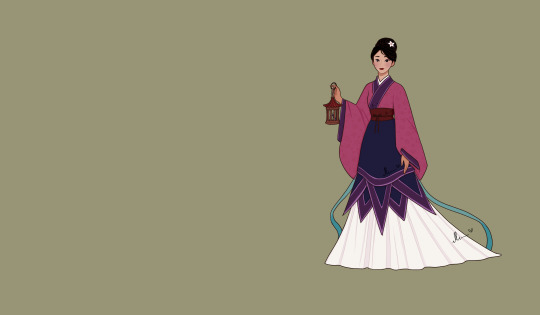
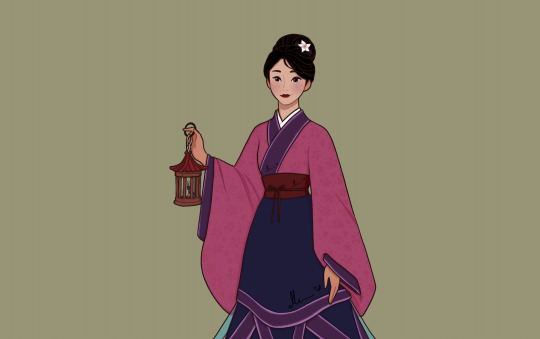
Mulan's second look in the movie is super iconic! So I did take some liberties so as to better the reference the movie. (Aka this look is obviously only semi-historical bc I wanted the movie references so..... here we go again!)
Still in the ~386–535 AD range of the Northern Wei or more generally the Northern & Southern Dynasties.
This look is based on fashion attributed to the Wei, Jin, Northern and Southern Dynasty time period: 220-589 AD.
I am the artist!!! Don’t repost without permission & credit! Thank you! Come visit me over on: Instagram , Patreon
#mulan#i did my best#can't do worse than the live action#mulan 1998#historically inspired disney princesses#historically inspired#historical fashion#lnart#digital illustration#ellenart#the great princess redesign#redesigning heroines#historical disney redesign
742 notes
·
View notes
Text
Tags by Country/Region/Ethnic Group
Afghanistan
Albania
Armenia
Bali
Benin
Bulgaria
Cameroon
Chad
China
Qin Dynasty (221-206 BC)
Han Dynasty (206 BC-220 AD)
Wei Dynasty (386-534)
Jin Dynasty (265-420)
Northern & Southern Dynasties (386-589)
Sui Dynasty (581-618)
Tang Dynasty (618-907)
Wu Zhou Dynasty (690-705)
Five Dynasties and Ten Kingdoms Era (907-979)
Song Dynasty (960-1279)
Yuan Dynasty (1271-1368)
Ming Dynasty (1368-1644)
Qing Dynasty (1636-1912)
Republic Era (1912-present)
Hanfu (modern)
Colombia
Croatia
Ecuador
Egypt
Eswatini
Ethiopia
Georgia
German (general region)
Ghana
Greece
Hungary
Indigenous
Apache
Blackfoot
Cherokee
Chimú
Chiricahua
Cree
Diné/Navajo
Guna
Haida
Haudenosaunee/Iroquois
Inca
Inuit
Kiowa
Lakota
Maori
Maya
Mixtec
Salish
Seneca
Sioux
Tehuana
Tlinglit
Tsimshian
Tsistsistas/Suhtai/Cheyenne
Rukai
India
Indonesia
Iran/Persia
Japan
Java
Kenya
Korea
Kyrgyzstan
Latvia
Lesotho
Libya
Macedonia
Mauritania
Mexico
Mongolia
Morocco
The Netherlands
Nepal
Nigeria
Norway
Panama
Palestine
The Philippines
Poland
Romania
Russia
Sardinia
Saudi Arabia
Scotland
South Africa
Zulu
Sudan
Swaziland
Taiwan
Tahiti
Tanzania
Thailand
Togo
Turkey
Ukraine
USA
Uganda
Uzbekistan
Vietnam
Yemen
Jewish
Central Asia
Pazyryk
Kazakh
North Asia
Yakut
Tuyan
Khakas
Mari
East Africa
Maasai
Kikuyu
Samburu
Turkana
West Africa
Igbo
Yoruba
North Africa
Imazigh
Kabyle
Central Africa
Bamileke
Polynesia
Balkans
Caucasus
Adygea
34 notes
·
View notes
Photo










The restoration of traditional Chinese clothing/Hanfu in the Southern and Northern Dynasty, from裝束復原團隊(中國裝束復原小組)/踏云馆/山涧/如是观 The Northern and Southern Dynasties (420 AD ~ 589 AD) were the general names of the Southern Dynasty and Northern Dynasty. During the Northern and Southern Dynasties, China’s south and north were divided. The Northern Dynasty (386 AD ~ 581 AD) The Southern Dynasty (420 AD ~ 589 AD).
#hanfu#chinese hanfu#fashion#chinese fashion#china fashion#historical costume#china#chinese costumes#chinese culture
405 notes
·
View notes
Text
Chinese officer & soldiers of the Northern & Southern dynasties Period (AD 386–589)
Chinese officer & soldiers of the Northern & Southern dynasties Period (AD 386–589)
A representation of a Chinese officer, an infantryman and a cavalryman of the Northern and Southern dynasties Period (AD 386–589) from Liu Yonghua’s excellent book on the warriors of Imperial Eras China (copyright: Liu Yonghua).
(more…)

View On WordPress
#Asia#China#Chinese#Chinese army#Chinese Empire#Chinese people#Far East#medieval warfare#Military#Military history#Military technology
0 notes
Text










The restoration of traditional Chinese clothing/Hanfu in the Southern and Northern Dynasty, from裝束復原團隊(中國裝束復原小組)/踏云馆/清水溪/上遥居/山涧
The Northern and Southern Dynasties (420 AD ~ 589 AD) were the general names of the Southern Dynasty and Northern Dynasty. During the Northern and Southern Dynasties, China’s south and north were divided.
The Northern Dynasty (386 AD ~ 581 AD)
The Southern Dynasty (420 AD ~ 589 AD).
#china#china fashion#chinese fashion#chinese hanfu#modern hanfu#hanfu#historical costume#chinese costumes#chinese culture#fashion
402 notes
·
View notes
Photo

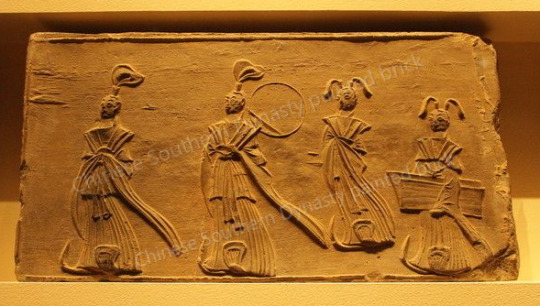
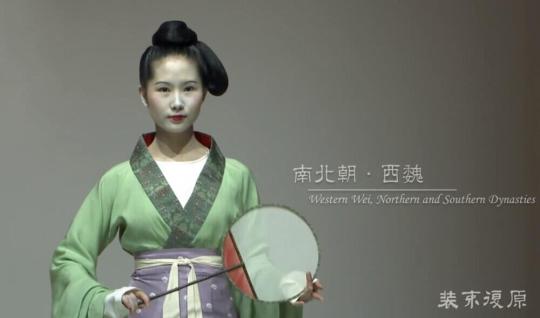

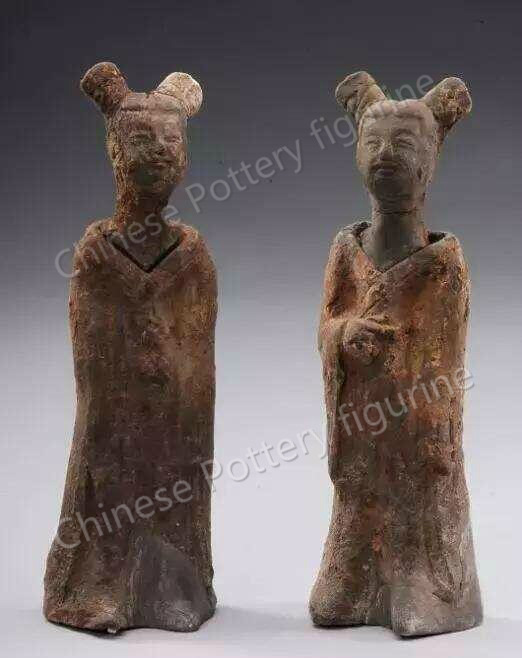

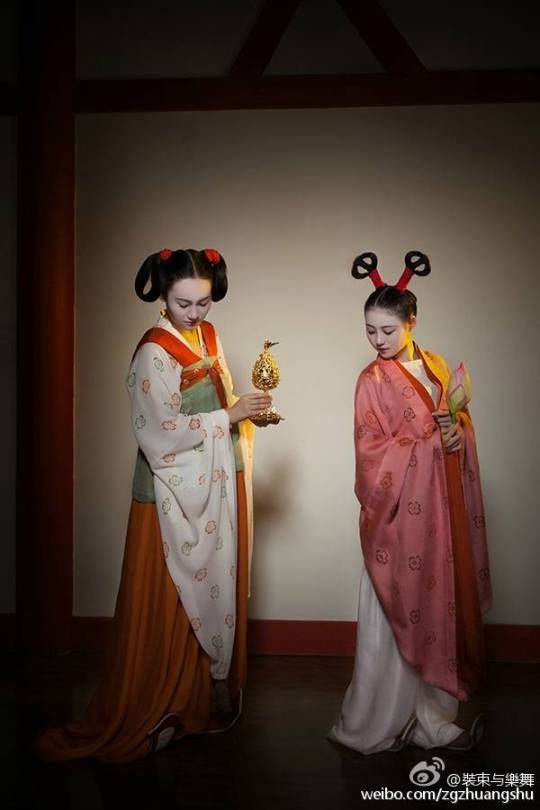
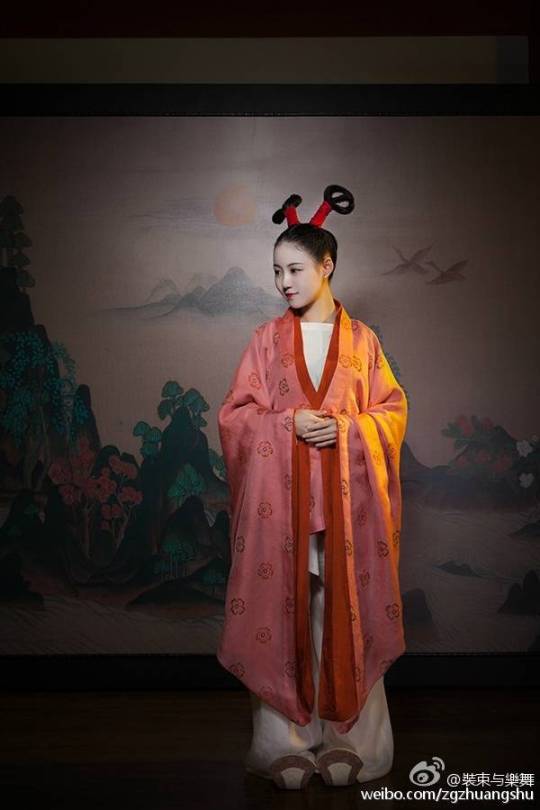
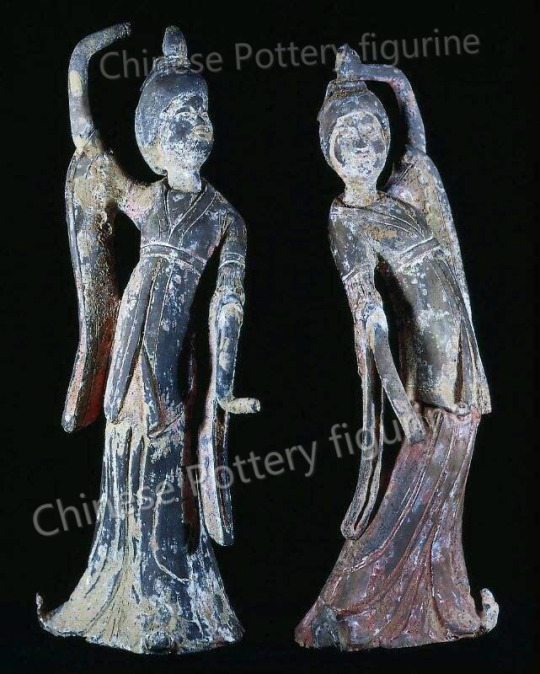
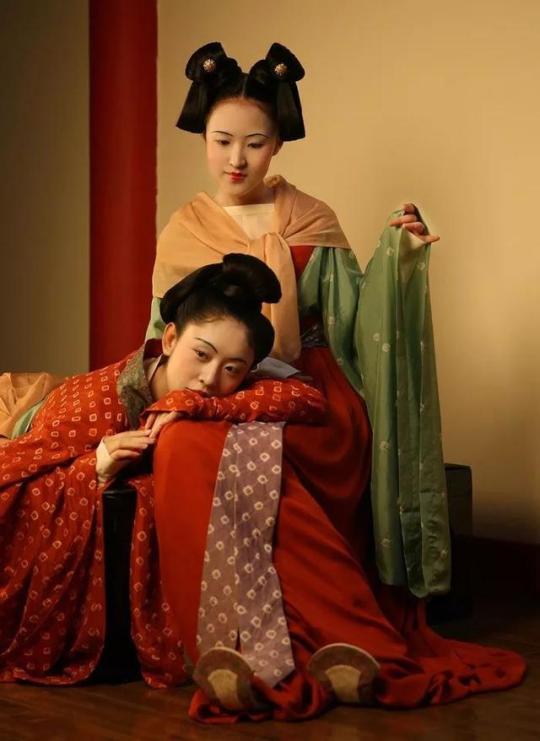
The restoration of traditional Chinese clothing/Hanfu in the Southern and Northern Dynasty, from裝束復原團隊(中國裝束復原小組)
https://m.youtube.com/watch?v=hoO_MGRqXBM#menu
The Northern and Southern Dynasties (420 AD ~ 589 AD) were the general names of the Southern Dynasty and Northern Dynasty. During the Northern and Southern Dynasties, China’s south and north were divided.
The Southern Dynasty (420 AD ~ 589 AD).
The Northern Dynasty (386 AD ~ 581 AD)
#china#hanfu#china fashion#chinese fashion#fashion#historical costume#chinese costumes#chinese culture
159 notes
·
View notes